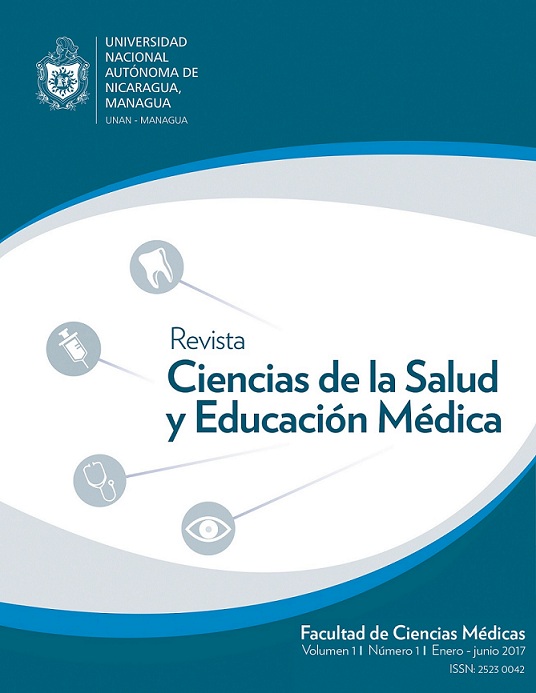Aspergilloma in a patient with active pulmonary tuberculosis
Abstract
Tuberculosis is one of the oldest infectious diseases known by man; it currently represents one of the major causes of morbidity and mortality. This disease is caused by a bacterium of the Mycobacterium tuberculosis complex and it mainly affects the lung and is transmitted by air. The evolution from infection to disease depends on the immunological state and predisposition of the patient. It is estimated that 10% of those infected individuals will develop active tuberculosis at some point in their life and based on the time of onset of symptoms it is classified in primary or secondary (post-primary). Tuberculoma, fibrosis, bronchogenic carcinoma and aspergilloma are mentioned within the parenchymatous complications of Tuberculosis. Aspergilloma is a fungal invasion by Aspergillus spp in pre-existing cavitation of a past cavitary tuberculosis. The following is the case of a 60-year-old patient, who was admitted to "Dr. Alejandro Dávila Bolaños" Teaching Military Hospital after presenting more than 15 days of haemoptotic cough associated with unquantified nocturnal thermal elevations that did not respond to the use of antipyretics. Corresponding laboratory, serological and imaging tests were performed and Aspergilloma was diagnosed with active pulmonary tuberculosis without previous cavitating lesion in lung parenchyma.
Key words: tuberculosis, aspergilloma, Aspergillus spp, Mycobacterium tuberculosis

